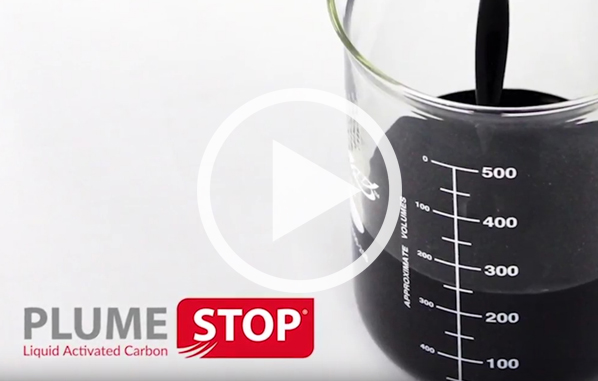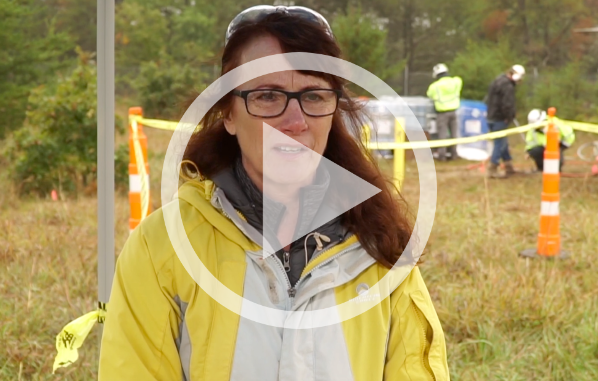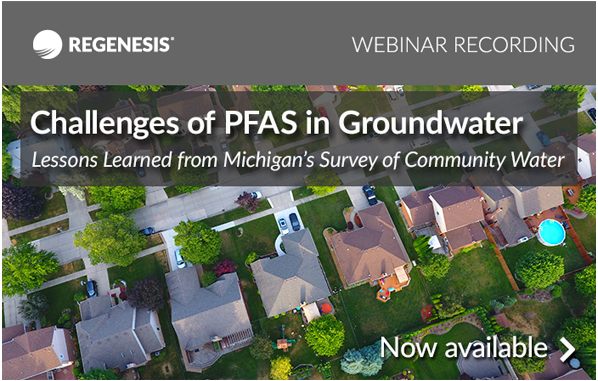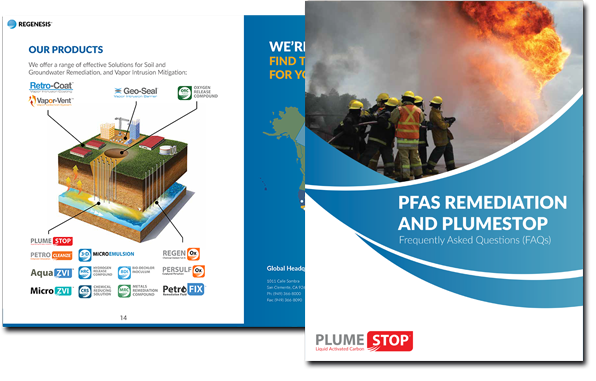There is a solution for
'Forever Chemicals'
Recent results from research by EWG confirms that the number of Americans exposed to PFAS from contaminated tap water has been dramatically underestimated by previous studies, both from the Environmental Protection Agency and EWG’s research. More information about their laboratory tests can be found here.
What Are ‘Forever Chemicals’?
‘Forever Chemicals’ is a term used for PFAS. Exposure to PFAS increases the risk of cancer, harms the development of the fetus and reduces the effectiveness of vaccines. Biomonitoring studies by the federal Centers for Disease Control and Prevention show that the blood of nearly all Americans is contaminated with PFAS.
PFOA and PFOS are the two most commonly encountered examples of Per- and Polyfluoroalkyl Substances (PFAS). PFOA and PFOS are abbreviations for the chemicals “perfluorooctanoic acid” (PFOA) and “perfluorooctanesulfonic acid” (PFOS). While government regulations have been passed to eliminate the use of these contaminants in manufacturing and other business practices due to the health risks they pose, these compounds are recalcitrant – or in layperson’s terms, not readily degradable – and as a result are ubiquitous in the environment.
Historically, PFAS compounds were used in various industrial activities and were components in many industrial and consumer products because they exhibit many useful properties. As the United States EPA has indicated in their research findings, they are resistant to heat, water, and oil, and also resist degradation in the environment. You may be familiar with technologies such as Teflon, Goretex, and firefighting foams, which have PFAS compounds incorporated. From clothing to cooking – many have used products containing PFAS in their day-to-day activities.
These chemicals are of concern because they have now been detected in groundwater, drinking water, and soils in many of our local communities.
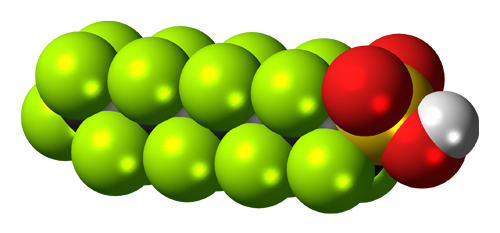
PFOA and PFOS are the two most commonly encountered examples of Per- and Polyfluoroalkyl Substances (PFAS). PFOA and PFOS are abbreviations for the chemicals “perfluorooctanoic acid” (PFOA) and “perfluorooctanesulfonic acid” (PFOS).
RESOURCES
PFAS Groundwater Remediation Strategies
With PlumeStop, remediation professionals gain a solution that will provide an effective, more economical means of stopping the migration of PFAS plumes, thereby protecting sensitive receptors. There are many possible strategies for the in situ containment of PFAS using PlumeStop. Here are some examples:
Strategy #1: Simple Plume Cut-Off Barrier
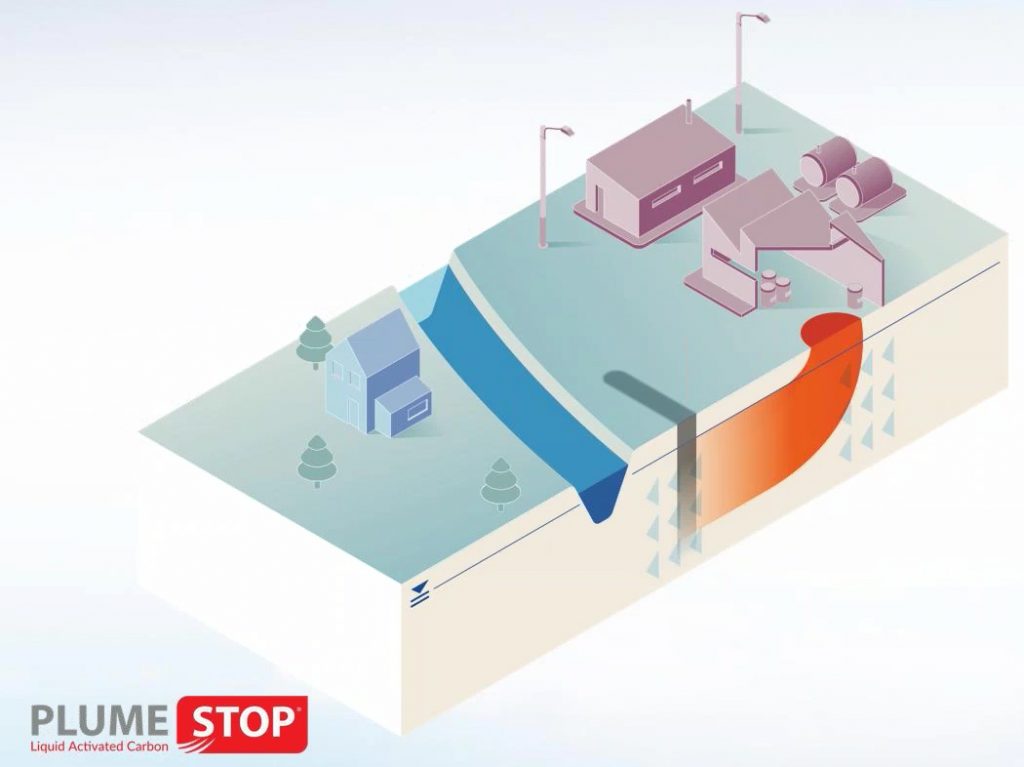
In this application, a single barrier of PlumeStop can be applied to limit plume expansion. The purpose of the application is to protect a property boundary from a plume entering or exiting a site. It can also protect receptors such as a well or water body and minimize the plume in order to contain liability.
Strategy #2: Sequence of Barriers
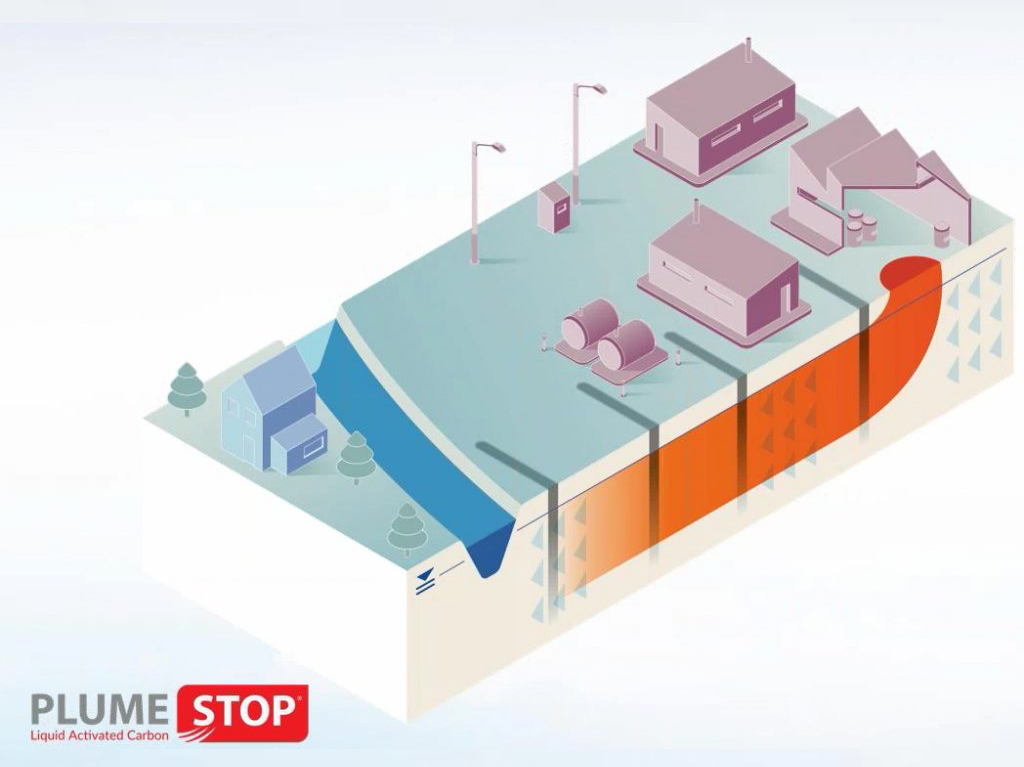
PlumeStop can also be injected as a sequence of multiple barriers designed to progressively eliminate the PFAS plume. The benefits of this approach are that it addresses the entire plume and is particularly suited for large plumes and built up areas with restricted access.
Strategy #3: Localized Receptor Protection
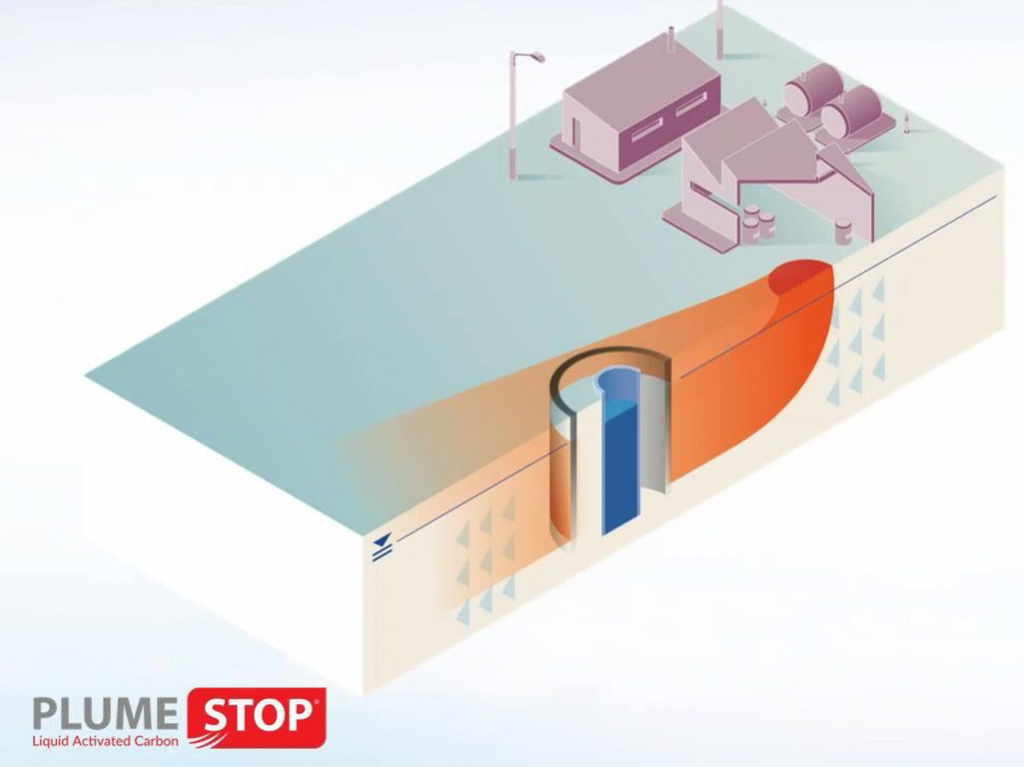
Because PFAS plumes tend to be extremely large and dilute, remediation professionals will likely need to turn to interim measures like this one to protect local receptors. Acting like a filter in the ground, the PlumeStop can be injected around extraction wells to protect them in the event that an entire plume cannot be quickly contained.
Potential Health Effects of PFAS
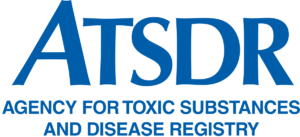 Studies have indicated that PFAS poses potential threats to human health. According to the Agency for Toxic Substances and Disease Registry (ATSDR), a division of the Center for Disease Control (CDC), PFAS can have negative effects on fetal and child development, adult hormones and fertility, high cholesterol, in addition to posing other health risks.
Studies have indicated that PFAS poses potential threats to human health. According to the Agency for Toxic Substances and Disease Registry (ATSDR), a division of the Center for Disease Control (CDC), PFAS can have negative effects on fetal and child development, adult hormones and fertility, high cholesterol, in addition to posing other health risks.
As a result, the US EPA has now started requiring the monitoring of drinking water and set lifetime drinking water advisory levels at 70 parts per trillion (ppt) for PFOA and PFOS. The EPA has also indicated that they will set screening levels and site-specific cleanup levels at Superfund sites, which will be used to determine if long-term groundwater remediation or soil remediation is needed.
Groundwater Treatment of PFAS
 To date, the use of traditional means of groundwater remediation of PFAS plumes has proven difficult. Because they are extremely robust compounds, remediation technologies such as in situ chemical oxidation (ISCO) and various forms of bioremediation have been unable to address these contaminants. The most prevalent method at this time is to use an ex situ pump and treat system with activated carbon filters. However, this process can prove very expensive and challenging due to the extremely wide-area, dilute formation of the most common PFAS plumes.
To date, the use of traditional means of groundwater remediation of PFAS plumes has proven difficult. Because they are extremely robust compounds, remediation technologies such as in situ chemical oxidation (ISCO) and various forms of bioremediation have been unable to address these contaminants. The most prevalent method at this time is to use an ex situ pump and treat system with activated carbon filters. However, this process can prove very expensive and challenging due to the extremely wide-area, dilute formation of the most common PFAS plumes.
REGENESIS has developed an in situ remediation product called PlumeStop® Liquid Activated Carbon™ that has the potential to solve the challenges faced in the groundwater remediation of PFAS. This technology can be applied under low-pressure injection, which solves the problem of excessive costs incurred with pump and treat systems. Through the use of a proprietary organic polymer dispersion chemistry, the activated carbon achieves high distribution through the subsurface and removes contaminants like PFAS rapidly from groundwater.
Research Article: Breakthrough Treatment for PFAS
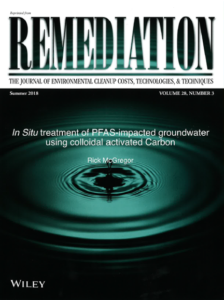 This article published in Wiley’s Remediation Journal reviews a site impacted with petroleum hydrocarbons, perfluorooctane sulfonate (PFOS), perfluorooctanoic acid (PFOA), and other perfluoroalkyl sulfonates (PFAS). A single application of PlumeStop resulted in a significant reduction of contaminant concentrations to below standards for 18+ months since the injection. Modeling indicates that the PlumeStop application event should keep the PFAS contained within the source area for upwards of 100 years. Details of the remedial design approach are provided along with results of its implementation.
This article published in Wiley’s Remediation Journal reviews a site impacted with petroleum hydrocarbons, perfluorooctane sulfonate (PFOS), perfluorooctanoic acid (PFOA), and other perfluoroalkyl sulfonates (PFAS). A single application of PlumeStop resulted in a significant reduction of contaminant concentrations to below standards for 18+ months since the injection. Modeling indicates that the PlumeStop application event should keep the PFAS contained within the source area for upwards of 100 years. Details of the remedial design approach are provided along with results of its implementation.
Evaluating the Longevity of a PFAS In Situ Colloidal Activated Carbon Remedy
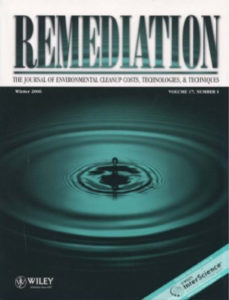 This article published in Wiley’s Remediation Journal uses various visualization and modeling methods to evaluate the in-situ remediation of PFAS via colloidal activated carbon (CAC) at a site in Central Canada. A three-dimensional reactive transport model (ISR-MT3DMS) was used to indicate that the CAC remedy implemented at the site is likely to be effective for PFOS remediation for decades. The research article concludes that due to the relatively low cost to implement the CAC, and the ability to adapt the remedy in the future, this remediation approach may be viable at other PFAS sites.
This article published in Wiley’s Remediation Journal uses various visualization and modeling methods to evaluate the in-situ remediation of PFAS via colloidal activated carbon (CAC) at a site in Central Canada. A three-dimensional reactive transport model (ISR-MT3DMS) was used to indicate that the CAC remedy implemented at the site is likely to be effective for PFOS remediation for decades. The research article concludes that due to the relatively low cost to implement the CAC, and the ability to adapt the remedy in the future, this remediation approach may be viable at other PFAS sites.
Lessons Learned, Fate and Transport, and Reducing Exposure
 In this webinar we are pleased to have a special guest presentation by Virginia (Ginny) Yingling, Senior Hydrogeologist in the Environmental Health Division of the Minnesota Department of Health. Ginny discusses PFAS contamination in Minnesota, including lessons learned from the state’s investigation of a chemical production facility, contaminant fate and transport, and reducing exposure. She is joined by Kristen Thoreson, PhD, Director of Research and Development at REGENESIS, who presents case studies of low-cost in situ remediation of PFAS using colloidal activated carbon.
In this webinar we are pleased to have a special guest presentation by Virginia (Ginny) Yingling, Senior Hydrogeologist in the Environmental Health Division of the Minnesota Department of Health. Ginny discusses PFAS contamination in Minnesota, including lessons learned from the state’s investigation of a chemical production facility, contaminant fate and transport, and reducing exposure. She is joined by Kristen Thoreson, PhD, Director of Research and Development at REGENESIS, who presents case studies of low-cost in situ remediation of PFAS using colloidal activated carbon.
Low-Cost In-Situ Remediation with Colloidal Activated Carbon
 In this webinar we are pleased to have a special presentation by Scott Wilson, President & CEO of REGENESIS. In this presentation he discusses eliminating risk of PFAS contamination in soil and groundwater via low-cost in situ remediation with colloidal activated carbon. By coating flux zones of an aquifer with colloidal activated carbon, a permeable sorption barrier is created in situ, purifying groundwater as it passively migrates.
In this webinar we are pleased to have a special presentation by Scott Wilson, President & CEO of REGENESIS. In this presentation he discusses eliminating risk of PFAS contamination in soil and groundwater via low-cost in situ remediation with colloidal activated carbon. By coating flux zones of an aquifer with colloidal activated carbon, a permeable sorption barrier is created in situ, purifying groundwater as it passively migrates.
Questions about your site?
If you would like to discuss whether PlumeStop might be an effective remediation solution for your contaminated site, please contact us today. Our team of remediation experts will provide advice and, if you have site characterization data, will also develop a remediation design for your site completely free of charge.
Additional PFAS Resources:
Interested in learning more about PlumeStop and PFAS?
- Download the PlumeStop Technical Bulletin 5.1
- Watch a video featuring REGENESIS Research and Development Director Kristen Thoreson on the remediation of PFAS
- View the webinar: In Situ Containment of PFAS with PlumeStop® Liquid Activated Carbon™
- Read the article: How Innovative Techniques Are Mitigating Toxic Threats Surrounding the Global Community, about technologies to mitigate PFAS contamination
- Download the poster presentation: Activated Carbon “Inks” for Treatment of PFOA/PFOS

 Americas
Americas Europe
Europe Français
Français Deutsch
Deutsch Italiano
Italiano Español
Español